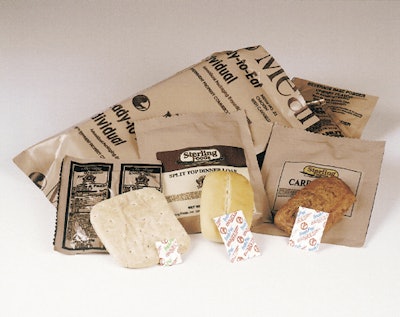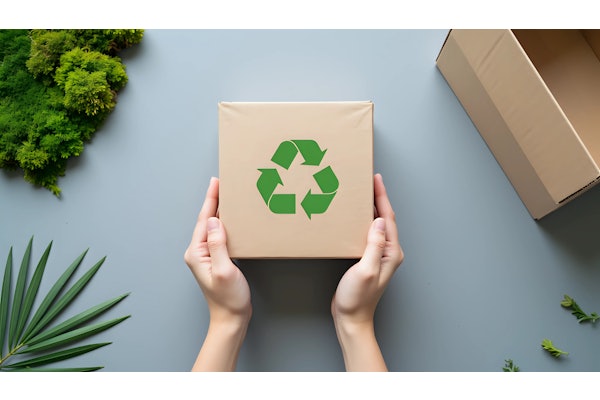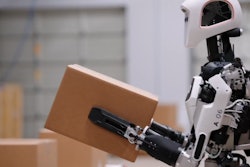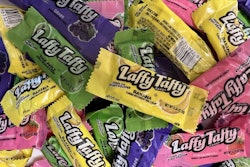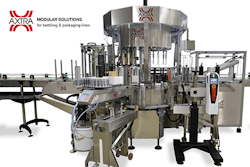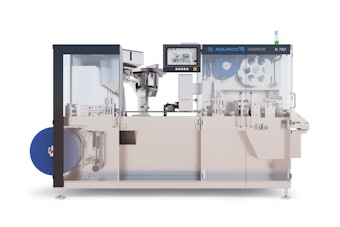Oxygen scavengers used in extending the shelf life of packaged military rations are playing a key role in nourishing coalition forces in Iraq.
Most of the oxygen scavenging technology used by the military takes the form of sachets filled with iron-based composites. These sachets preserve food quality by modifying a package’s atmosphere to low residual oxygen levels, thus retarding the growth of spoilage bacteria and mold. Combined with special product formulations and barrier packaging materials that usually include a layer of foil, the oxygen scavengers deliver a variety of packaged foods with a shelf life of up to three years at 80°F and six months at 100°F.
In the Meals Ready-to-Eat ration, usually referred to as MRE, oxygen scavenging sachets are in individual packs of bakery, snacks, hamburger buns, brownies, and other foods.
According to Lauri Kline, physical scientist and project leader in active packaging at the Natick Soldier Center in Natick, MA, the use of oxygen scavenging sachets has greatly expanded the menu offerings available to the troops. She says the military now has the ability to offer popular commercial items like the ones a soldier would find back home. Offering such food options has contributed to troop morale, says Kline.
The sachets currently specified by the U.S. military all come from one place: Multisorb Technologies (Buffalo, NY). Multisorb’s are the only sachets used not only because of their effectiveness but also because they’re the only ones made in the U.S., says Kline.
The sachets are one of two types: those that contain moisture and start absorbing oxygen when exposed to air and those that contain no moisture but extract it from the in-package atmosphere.
As effective as they are, oxygen-scavenging sachets in military food rations might one day be replaced by film structures that do their own oxygen scavenging. Kline acknowledges that such technology is being explored by Multisorb as well as other firms. The advantages inherent in the use of such material are several, says Kline:
• Elimination of food product distortion, an example of which is the indentation made by a sachet in a piece of bread
• Simplified packaging not only because placement of the sachet could be eliminated but also because packaging lines would not be required to check, either manually or by machine, that each package has its sachet
• Possible cost reductions
• Possible use of oxygen scavenging in retorted entrees, which isn’t done today because the sachets are not made to withstand retorting. —PR
